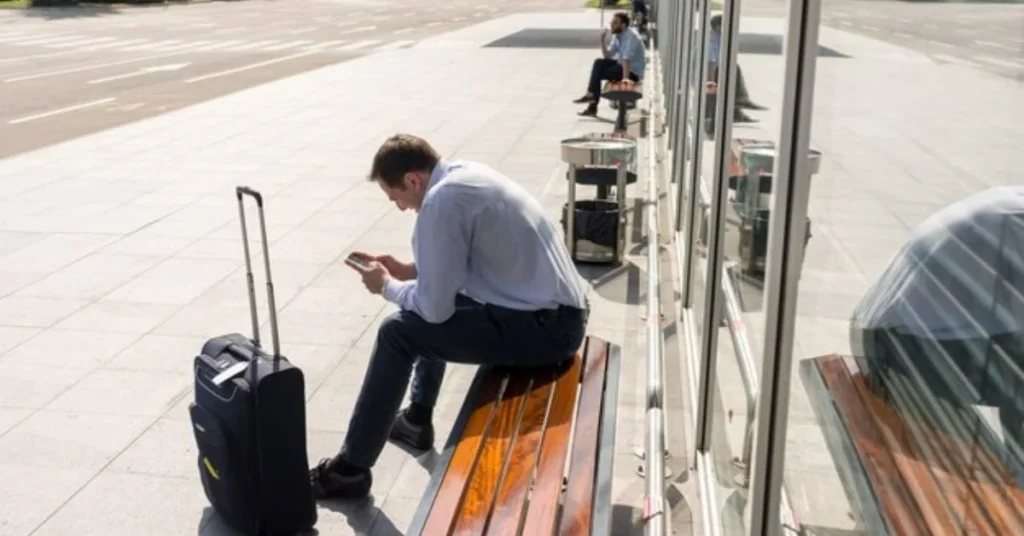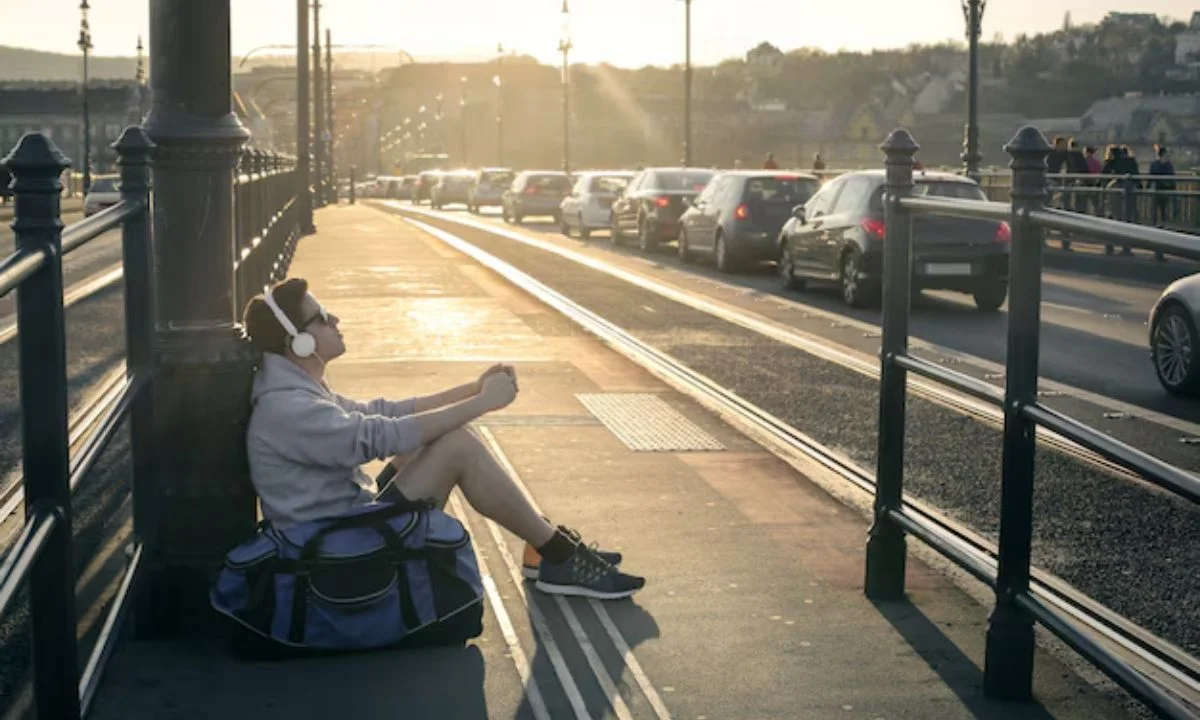In the world of physics and philosophy, there’s an intriguing question that many ponder: what travels faster emptyness or fullness? This might seem like a simple, almost abstract question, but the answer is rooted in science and human perception. By exploring these two seemingly opposite concepts, we can learn a lot about the nature of the universe and the way we experience it.
Understanding Emptiness and Fullness in Physics
Before diving into which travels faster, we need to understand what we mean by “emptiness” and “fullness” in scientific terms.
Emptiness in Space and Physics
When we talk about “emptiness” in physics, we often refer to the vacuum of space. A vacuum is an area of space with little to no matter, where particles are few and far between. Interestingly, even in a vacuum, there are still fluctuations of energy, meaning it’s never truly “empty.” Yet, for our purposes, “emptiness” refers to space without any physical objects in it.
Must read Discovering the Wonders of albino-monkey.net Travel Archives
Fullness in the Context of Matter
On the other hand, “fullness” refers to the presence of matter — objects, particles, atoms, or anything that takes up space and has mass. Fullness, in this context, is about substance and presence, from a grain of sand to a planet, to the air we breathe.
Speed of Light and Emptiness
To begin answering the question, let’s examine how light travels. In the vacuum of space, light travels at its maximum speed: about 299,792 kilometers per second. There’s no faster-known speed than this. This leads us to ask: if light travels fastest through emptiness, does that mean emptiness “travels” faster than fullness?
How Matter Affects Speed
When light passes through “fullness” — meaning any medium that has matter, such as air, water, or glass — its speed slows down. This happens because light interacts with the particles in that medium. The more particles there are, the more the light gets scattered, absorbed, or reflected, which results in a slower speed. Thus, one could argue that fullness slows things down compared to the emptiness of space.
What Travels Faster in Human Perception?
On a more philosophical level, the question of what travels faster emptyness or fullness may apply to how we perceive the world around us. For example, consider a vast empty room versus a room filled with objects. When we walk through an empty room, the space seems to stretch out before us quickly. There’s nothing to impede our movement or thoughts. In contrast, moving through a room filled with obstacles feels slower, as we have to navigate around objects.
Fullness and the Concept of Time
Another way to think about this is in terms of time. When our lives are full of activities, tasks, and commitments, time seems to fly by. Our schedules are packed, and before we know it, the day is over. In this sense, fullness can give the impression of speed. On the other hand, during periods of inactivity or when we’re waiting for something, time seems to crawl — this could be likened to the “emptiness” of our time.
Emptiness and Sound
Let’s explore sound for another perspective. Sound travels faster through denser, fuller materials. For example, sound waves move more quickly through water than they do through air, and even faster through solid objects like metal. In the emptiness of space, sound can’t travel at all because there’s no medium to carry the sound waves. So, in this case, fullness (in the form of material density) allows sound to travel faster.

The Role of Air in Speed
When it comes to the movement of objects, air resistance plays a crucial role. An object traveling through emptiness (or a vacuum) will move faster than an object moving through air. In a vacuum, there’s no air to create drag or slow the object down. This is why spacecraft travel so quickly once they leave Earth’s atmosphere. Thus, emptiness allows for faster travel, while fullness (air) slows things down.
The Philosophical Interpretation: Emptiness vs. Fullness
On a philosophical level, what travels faster emptyness or fullness can be understood through the lens of how we experience life. Sometimes, we feel that moments of emptiness — where there’s a lack of action or meaning — pass slowly. These moments drag, and we’re hyper-aware of each passing second. On the other hand, when our lives are full of meaning, joy, and activity, time seems to fly.
Emptiness in Art and Design
The concept of emptiness versus fullness also plays a role in art and design. Minimalist designs focus on the beauty of empty space, letting the viewer’s eye travel faster across the composition. In contrast, more detailed, fuller designs can slow down the viewer’s gaze, as they take in the richness of the elements. In this sense, emptiness allows for faster visual travel, while fullness requires a slower, more deliberate look.
Comparing Light and Sound: A Closer Look at Emptiness and Fullness
When we compare light and sound, we see an interesting contrast. Light travels fastest in the emptiness of space, while sound moves faster in denser, fuller materials. This dichotomy shows that emptiness and fullness have different effects depending on the type of energy we’re discussing. Light benefits from emptiness, while sound thrives in fullness.
Fullness in Biological Systems
In nature, fullness can sometimes mean efficiency. For example, blood flows quickly through veins because they are full of cells and plasma. However, if there’s a blockage or if the veins are too “full,” this flow can slow down. This illustrates that while fullness can provide speed and efficiency, too much can cause problems, slowing things down. In a way, both emptiness and fullness must be balanced to achieve optimal speed.

The Balance Between Emptiness and Fullness in Nature
Nature itself provides a balance between emptiness and fullness. For example, ecosystems thrive on both open spaces (emptiness) and filled spaces (fullness). Each element of an ecosystem contributes to its balance. In a similar way, humans need both emptiness (space to think, breathe, and rest) and fullness (activity, experiences, and relationships) in their lives.
What Travels Faster in a Vacuum: Objects in Space
In a vacuum, where there’s no air to slow things down, objects can travel incredibly fast. This is why space probes like Voyager are able to move at such high speeds through the emptiness of space. Meanwhile, on Earth, the air and atmosphere create resistance, slowing objects down. Emptiness, in this case, allows for greater speed.
Fullness and the Speed of Thought
Our minds can also give us insight into this question. When our minds are “full” of thoughts, ideas, and distractions, it can feel like time is moving faster, as we’re constantly processing new information. Conversely, in moments of mental emptiness — such as when we meditate or zone out — time can seem to slow down. In this way, both emptiness and fullness can influence the speed at which we perceive time and reality.
Scientific Theories on Speed and Density
According to Einstein’s theory of relativity, the speed of light is the ultimate speed limit in the universe. But what if there’s something faster? Some theoretical physicists suggest that in certain conditions, such as during the Big Bang or in black holes, spacetime itself can stretch or compress in ways that challenge our understanding of speed. In these cases, it’s the fullness of matter and energy that could create conditions for faster-than-light travel.
Conclusion: What Travels Faster Emptyness or Fullness?
So, what travels faster emptyness or fullness? In some cases, emptiness allows for faster travel, such as light moving through a vacuum or objects in space. In other instances, fullness enhances speed, like sound moving through a dense material. Ultimately, it depends on the context. Whether you’re considering light, sound, or the flow of time, both emptiness and fullness have their own ways of impacting speed. Click here for more.

What travels faster in space, emptiness or fullness?
Light travels faster in the emptiness of space because there are no particles to slow it down.
Does sound travel faster through emptiness or fullness?
Sound travels faster through fuller, denser materials like water or metal because it requires a medium to propagate.
Is there anything faster than light in emptiness?
According to current scientific understanding, nothing can travel faster than the speed of light in a vacuum.
Why does fullness sometimes slow things down?
Fullness can introduce resistance or friction, which slows the movement of objects, as seen with air resistance on Earth.
Can time travel faster in emptiness or fullness?
Time perception can change depending on whether our lives feel “full” or “empty,” but physically, time itself is not affected by fullness or emptiness.
